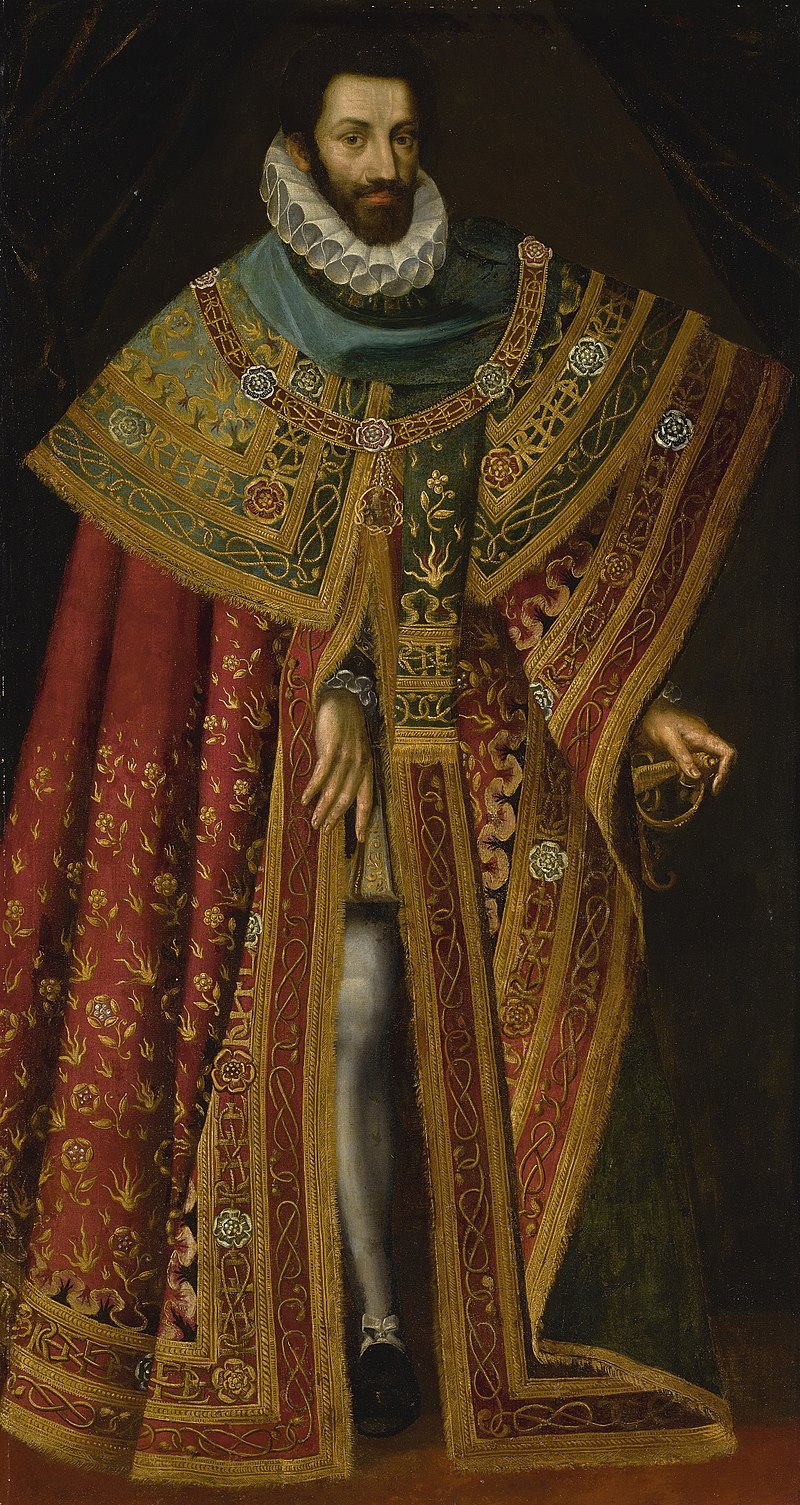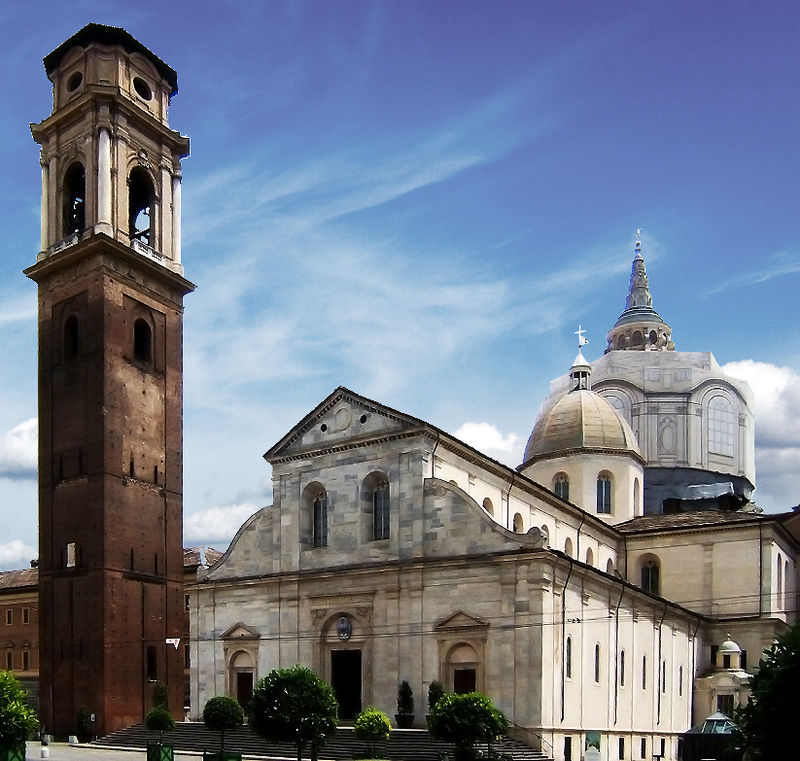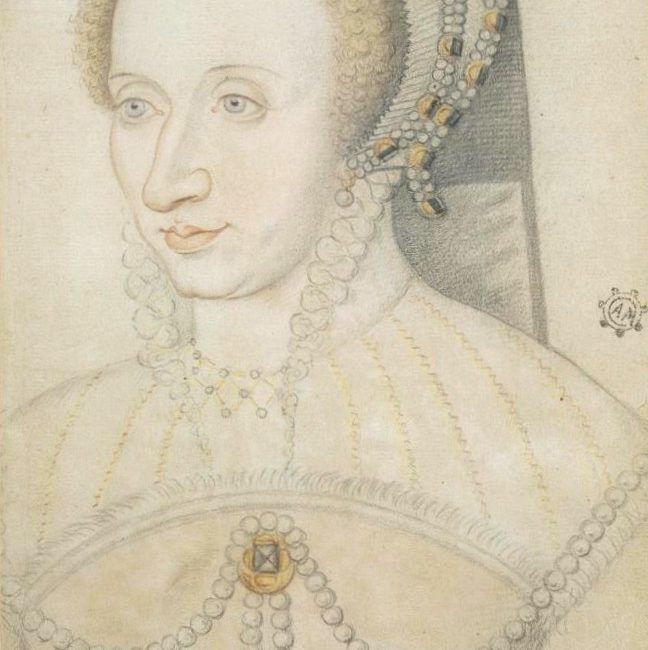
Marguerite de Valois, Duchess de Berry, was born on the 5th of June 1523 at the Château de Saint-Germain-en-Laye. She was the youngest daughter and child of King François I of France and his first wife – Queen Claude of France, Duchess de Bretagne. In a year after her birth, her fragile and gentle mother, who had never possessed good health and was profoundly weakened by her almost annual pregnancies, died at the age of only 24 at Château de Blois in July 1524.
Having grown up without Claude, Marguerite was always close to her paternal aunt, Queen Marguerite de Navarre – the monarch’s beloved sister who almost ruled the kingdom alongside François for years. The king’s sister took care of Princess Marguerite and her sister, Madeleine, during their childhood and early adolescence. While Madeleine was growing a fragile, pretty lady, Marguerite had a stronger constitution and better health, being far more robust. Madeleine was more like their late mother, while Marguerite was headstrong and stubborn. After her brother, the future King Henri II of France, married Catherine de’ Medici, Princess Marguerite befriended the Italian bride at whom everyone at the Valois court looked with suspicion and distaste.

During her father’s long reign, Marguerite was briefly betrothed to the future King Philip II of Spain, the only surviving son of Holy Roman Emperor Charles V and Isabella of Portugal. In 1538, François I and Charles V accomplished temporary peace, and it was decided that the princess would marry Philip. Of course, the agreement between the two rivals was short-lived, war broke out again soon, and everyone forgot about the engagement. It is odd that for the rest of François’ reign, Marguerite remained unmarried. During her older brother Henri II’s reign, Marguerite was created suo jure (in her own right) Duchess de Berry in 1550 at the age of 26.
For years, poor Marguerite continued being unmarried and resided at the French court, which was ruled by King Henri II and his favorite mistress, Diane de Poitiers. Her royal brother seemed to have been more preoccupied with his amorous escapades with Diane and his other paramours, as well as regularly sleeping with the neglected Queen Catherine who had long proved her fertility and was almost annually pregnant. Perhaps deep down, Marguerite was desperate for a husband and a home, but she never showed her emotions in public, as if completely resigned to her perpetual loneliness. I find it strange that neither François nor Henri cared enough about her future.

The Habsburg-Valois wars ended with the defeat of the French ambitions in Italy, and the dreams of King François (he was a direct descendant of Valentina Visconti on paternal side) to restore the Duchy of Milan never materialized. The Eighth Italian War of 1551-59 had begun with some success for the French at first, and Henry II, despite being a devout Catholic, had allied with German Protestant princes, having signed the Treaty of Chambord in 1552, while also continuing his father’s Franco-Ottoman alliance. After Charles V’s abdication in 1556, Henri’s confrontations with the House of Habsburg had shifted to Flanders. Phillip, together with Duke Emmanuel Philibert of Savoy (he was the only son of Charles III, Duke of Savoy, whose lands were ruled by the French since 1536 until his death) eventually utterly crushed the French army at the Battle of St. Quentin in 1557, so Henri de Valois urgently needed peace.

According to the Peace of Cateau-Cambrésis of 1559 between France, England, and Spain, the Habsburg-Valois wars were officially over. The French withdrew their troops from the Spanish Netherlands and the northern Italy, including Tuscany and Piedmont. In return, England and the Habsburgs acknowledged the city of Calais as the possession of France, as well as giving France 3 bishoprics and a number of fortresses. The Valois dream about the Duchy of Milan was lost forever, but something changed for Princess Marguerite. According to this document, Marguerite had to marry Philip of Spain’s ally – Emmanuel Philibert, Duke of Savoy.
At the time, Marguerite was 36! She was not very beautiful; had never been, to be fair. Yet, Marguerite’s stellar education, supervised by her late aunt Margot, ensured that the princess had the most gallant manners, and that she was an excellent conversationalist and a great erudite. We don’t know what Marguerite thought about her husband-to-be who was several years younger than her, but she must have been relived that the Almighty gave her the chance to have a family.
Unfortunately, Marguerite’s marriage to Emmanuel started from tragedy. On the 30th of June 1559, her brother Henri was fatally wounded during a tournament by Gabriel de Lorges, Count de Montgomery and captain of the royal Scots Guard. The tournament happened because of the lavish celebrations of the wedding of Henri’s young daughter, Elisabeth, to the recently widowed King Philip of Spain (it was a marriage ceremony by proxy). Marguerite’s wedding ceremony, modest and attended only by few people, took place at midnight on the 9th of July 1559 in Saint Paul’s, which was a small church not far from the Hôtel des Tournelles, where the dying French monarch was being treated by his physicians. Marguerite was shocked to the core with the turn of events. Her friend, Catherine de’ Medici, attended the ceremony, weeping all the time.
The urgency of the nuptials was explained by Henri’s reasonable fears that if his sister did not marry the Duke of Savoy, Emmanuel could make an alliance against France with Spain, starting a new war. The bride and bridegroom fulfilled their duty, and Henri died the following day after the wedding. Marguerite, who loved Henri dearly, was in mourning, her heart breaking in her chest, as if being torn apart by a pair of invisible hands. Her husband, Emmanuel, must have been rather indifferent to Henri’s demise, for the French ruler was his enemy, with whom he had just reconciled. However, Emmanuel must have treated his disconsolate wife courteously.
Soon after the wedding, Marguerite and Emmanuel moved to Chambéry, which was the seat of power of the Dukes of Savoy for centuries. We don’t know a lot about their family life, but it must have been formal, and, I guess, the spouses could have been kind of distant from one another. Why? Marguerite’s father, King François, had conquered Piedmont, having deprived Emmanuel’s father of the duchy. Their marriage was necessary to seal the treaty that sort of humiliated France and the French monarchy, for Henri had denounced all the Valois claims to Italy. Marguerite had done her duty to her brother while seizing the chance to finally have a family, but I do not think that there was a great love between her and Emmanuel, who could also have viewed her as daughter of the man who had once humiliated his father, Duke Charles, by confiscating his lands.
The couple’s only son – Charles Emmanuel – was born in the Castle of Rivoli in Piedmont, in 1562. At the time of her only son’s birth, Marguerite was 38 years of age, and although many queens such as Elizabeth Woodville and Eleanor of Aquitaine had their last children at a later age, Margot did not, for unknown reasons. Perhaps there was danger for her health to conceive again, or maybe Emmanuel and she were not eager to perform their marital duties. In any case, their son would survive into adulthood and rule the Duchy of Savoy for nearly fifty years.

During her marriage, Marguerite lived in various cities in both Savoy and Piedmont. Thanks to his intelligence and strategical abilities, Emmanuel’s power games were largely successful: he not only regained his duchy, including Turin, but also took advantage of political quarrels in Italy, with the Spanish participation, to expand his lands. In addition, he bought two territories. Over time, Emmanuel moved the capital of Savoy from Chambéry to the city of Turin, which had once been controlled by the French. He replaced Latin as the duchy’s official language with Italian. Afterwards, the ducal couple resided in Turin, from time to time traveling across their domains.
Marguerite passed away in 1574 and was interred in Turin Cathedral. Emmanuel outlived her only for 6 years and died in 1580, having been succeeded by their only child. Marguerite and Emmanuel were cousins because Margot’s paternal grandmother, Louise, was a member of the House of Savoy. Their son, Charles Emmanuel, later married Catherina Micaela of Spain, who was second daughter of Philip II of Spain and Elisabeth de Valois, Marguerite’s niece and Henri II’s daughter. Intermarriages within royal houses of Europe were normal back then, for nobody knew about the perils of generational inbreeding, but the Savoy line survived until today.
All images are in the public domain.
Text © 2020 Olivia Longueville





